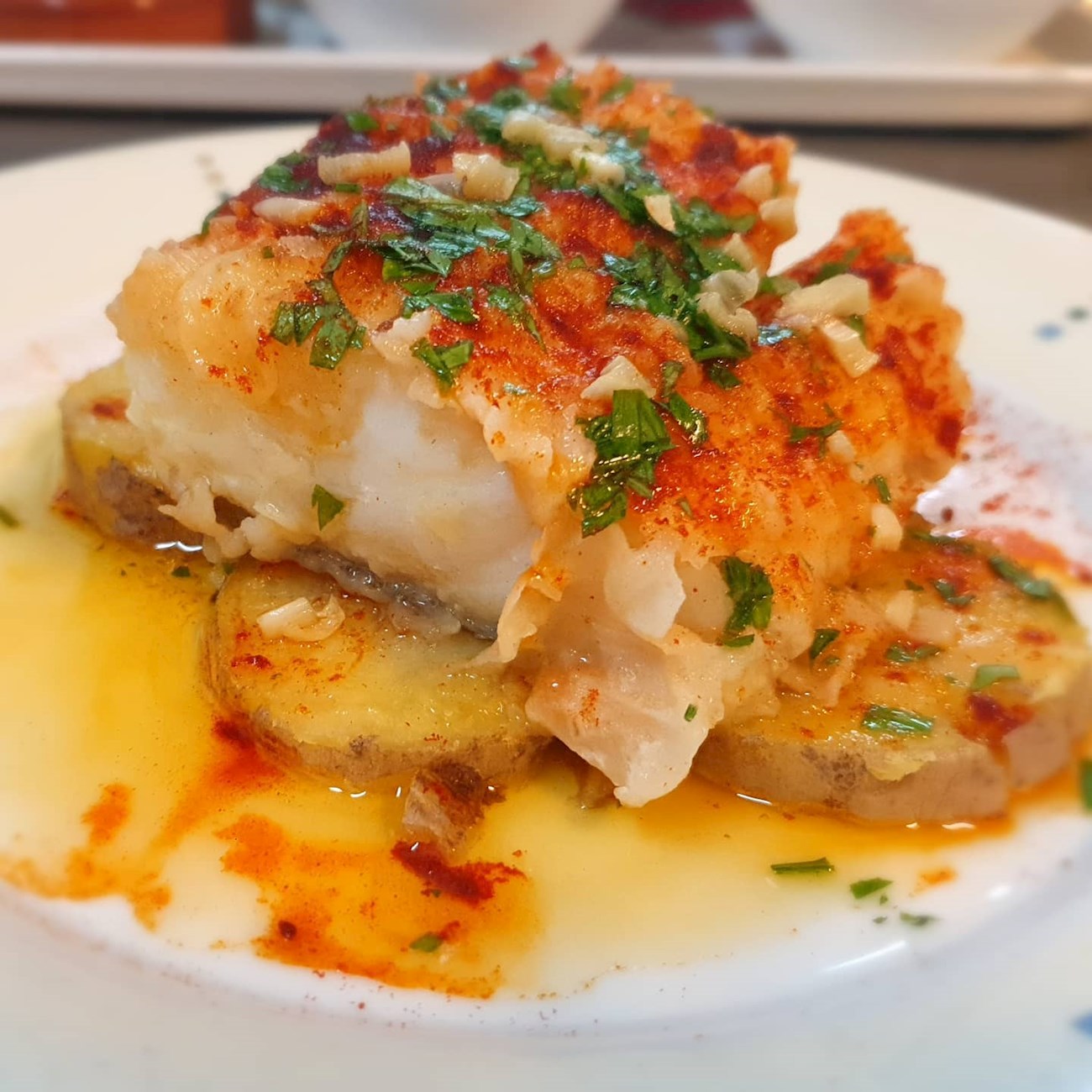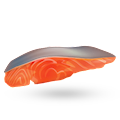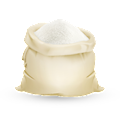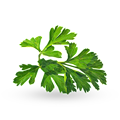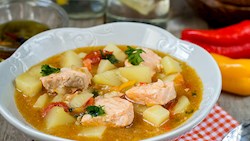MAIN INGREDIENTS
Truchas a la Navarra is a traditional fish dish originating from Navarre. The dish is made with a combination of trout, jamón serrano, flour, lemon, parsley, olive oil, and salt. The trout is seasoned with salt, dredged in flour, and fried in olive oil until golden and just cooked through.
It is then stuffed with sautéed jamón serrano pieces and lemon juice is squeezed over the fish. Before serving, this Navarra-style trout is typically dusted with chopped jamón and parsley.
MAIN INGREDIENTS
Bacallà a la llauna is a traditional fish dish originating from Barcelona and dating back to the 19th century. The dish is made with a combination of salt cod, flour, garlic, paprika or pimentón, parsley, and olive oil. The salt cod is desalted, drained, dried, and the fillets are then dredged in flour and fried in olive oil until golden and not falling apart.
The garlic is sautéed in oil, and the paprika or pimentón is then fried in the same oil. Both are spooned over the fish and the dish is placed in a llauna – a rectangular pan with low and straight sides (alternatively, use a roasting pan or a rimmed baking sheet).
All i pebre is a traditional signature dish of Valencia and the surrounding area, although its origin is in the Albufera wetlands near the city. The name of the dish means garlic and pepper, referring to the sauce, a key component of the dish. Other ingredients include eel and potatoes, but the eel can be replaced with other types of fish, while the potatoes are often replaced with bread.
However, the spicy sauce consisting of olive oil, garlic, and paprika is essential. The dish is often prepared in an earthenware bowl, and once done, it's served with bread on the side, which is used for dipping.
MAIN INGREDIENTS
Mojama is a Spanish delicacy consisting of cured, wind-dried tuna fillets. It is traditionally dried for at least three weeks until the fillets shrink and darken to a reddish-brown color. The meat is usually served as an appetizer or a snack, but it can also be added to salads or paired with anchovies, bread, and olives, although purists insist that only oil should be added to the fillets, as anything else takes away the distinctive flavors of mojama.
Ajoarriero is a traditional dish originating from the Basque Country and Navarre. It consists of shredded salt cod that's combined with chopped ingredients such as tomatoes, garlic, onions, red and green peppers, hot peppers, and potatoes. In the past, the dish was cooked in a clay pot over a fire, and the preparation was a communal affair in which the amount of garlic depended on the number of diners.
In some regions, people added crab or beaten eggs to the dish. Nowadays, ajoarriero is traditionally served in an earthenware dish, and it's often garnished with parsley on top.
MAIN INGREDIENTS
Merluza a la gallega is a traditional fish dish originating from Galicia. The dish is usually made with a combination of hake, garlic, potatoes, paprika, bay leaves, onions, olive oil, salt, and pepper. The pieces of fish, onions, bay leaves, and potatoes are boiled in salted water over low heat.
The garlic is sautéed in olive oil with paprika, and the mixture is then poured over the fish and vegetables. Before serving, the dish is simply reheated for a few minutes and it's then ready to be enjoyed.
Albóndigas de bacalao are Spanish cod meatballs, especially popular in the cuisine of Aragon. The meatballs are made with a combination of potatoes, cod, garlic, eggs, parsley, flour, and tomatoes. The potatoes are cooked with their skins on, and when done, they're mashed with cod into meatballs along with garlic, parsley, and eggs.
The meatballs are rolled in flour, then fried before being combined with a simple tomato sauce. It's recommended to serve the dish with freshly made bread or crispy croutons.
Boquerones fritos is a traditional fish dish originating from Andalusia. The dish consists of deep-fried anchovies and it's usually made with a combination of fresh anchovies, olive oil, flour, and salt. The cleaned anchovies are sprinkled with salt, coated with flour, and then fried over medium-high heat in olive oil until golden and crisp.
Once all the anchovies have been fried, they are arranged on a platter and served while still hot. It's recommended to try this Andalusian specialty in one of its seaside bars.
Known as ''the caviar of Northern Spain,'' angulas are baby eels, a Spanish seafood delicacy that's typically consumed with oil and garlic. They're also one of Spain's most expensive foods, reaching prices of up to 1,000 euros per kilo, which is pretty strange for some people who claim they don't taste of much at all.
However, others praise angulas for their delicate, meaty texture. When alive, the baby eels are slimy and transparent, and when cooked, they turn opaque-white. The most traditional recipe for the preparation of these eels comes from Bilbao (Angulas a la Bilbaína), and it calls for frying hot peppers and garlic in olive oil, then adding the baby eels to the mix.
Fritura Malagueña is a traditional dish originating from Malaga. The dish consists of smaller seafood varieties such as shellfish, small fish, and crustaceans that are rolled in flour and fried in oil until crispy and golden. The smaller varieties are used because there is no need to worry about any bones.
Once fried, the fish is enjoyed with a sprinkle of lemon juice and a roasted pepper salad. Extra-virgin olive oil is always used to fry the fish, and it often includes baby squid, salmonete (red mullet), mackerel, prawns, cuttlefish, and boquerones (fried anchovies).
TasteAtlas food rankings are based on the ratings of the TasteAtlas audience, with a series of mechanisms that recognize real users and that ignore bot, nationalist or local patriotic ratings, and give additional value to the ratings of users that the system recognizes as knowledgeable. TasteAtlas Rankings should not be seen as the final global conclusion about food. Their purpose is to promote excellent local foods, instill pride in traditional dishes, and arouse curiosity about dishes you haven’t tried.
